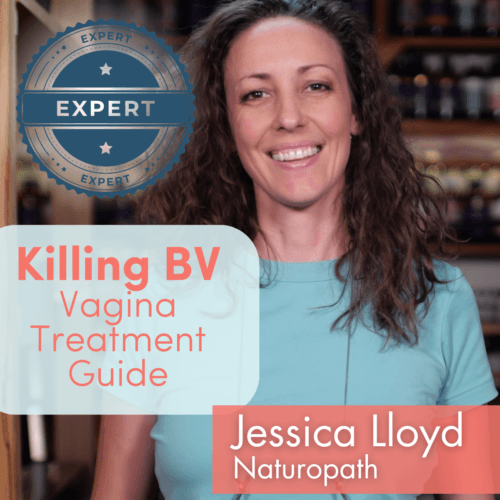Amylase activity reduces significantly in the presence of greater vaginal acidity, which can be a problem when we are putting probiotic bacteria into the vagina as treatments for bacterial vaginosis, aerobic vaginitis and other vaginal dysbioses.
See our article on glycogen, amylase and pH here.
In a nutshell…
Glycogen is big. Amylase breaks it into smaller pieces. Lactobacilli use the small pieces as food to survive, thus, the more amylase, the more healthy bug food.
An acidic vagina severely slows amylase activity, resulting in fewer small bits for the lactobacilli to survive on. The food source is kept in check, which naturally regulates lactobacilli colonies. An overgrowth of lactobacilli is called cytolytic vaginosis, and it mimics a yeast infection in symptoms.
Amylase is very active when the vagina is less acidic. Inserting a lot of lactobacilli and other acidic ingredients makes the vagina more acidic, thereby reducing the activity of amylase right at the time you want to increase it.
This acidification may potentially slow colonisation and disrupt the biofilm degradation and rebuilding by actually starving your lactobacilli. Thus, adding in a prebiotic for your new colonies is important.
Amylase is free – in saliva!
Amylase is free in your own mouth, so you could just add some spit to your treatment – make it a big glop!
Avoid getting any food particles into your treatment. Alternatively, amylase is available at health food stores in tablet or powder form, which you would use a very small amount of, finely ground.
It’s possible that adding amylase to your treatment mixture could fast track the survival and proliferation of the lactobacilli. The presence of large numbers of lactobacilli is self-limiting for the activity of amylase, and therefore the availability of the glycogen for the lactobacilli could be interrupted.
NOTE: We have not done this and have no idea what will happen – this is a theoretical discussion. We don’t anticipate any major problems in giving this a try, however, and below is a reference to scientists who used saliva in their labs. It was ‘filtered’! Whatever that means. But, if it’s good enough for scientists, it’s good enough for us.
Don’t overdo it. You want enough to work synergistically with the glycogen already there, not to overload the vagina with amylase. To understand this fully, see our article on glycogen, amylase and pH here.
References
Effect of pH on Cleavage of Glycogen by Vaginal Enzymes, Greg T. Spear, Mary McKenna, Alan L. Landay, Hadijat Makinde, Bruce Hamaker, Audrey L. French, Byung-Hoo Lee, Published: July 14, 2015, DOI: 10.1371/journal.pone.0132646
Spear GT, French AL, Gilbert D, et al. Human α-amylase present in lower-genital-tract mucosal fluid processes glycogen to support vaginal colonization by Lactobacillus. J Infect Dis. 2014;210(7):1019‐1028. doi:10.1093/infdis/jiu231




